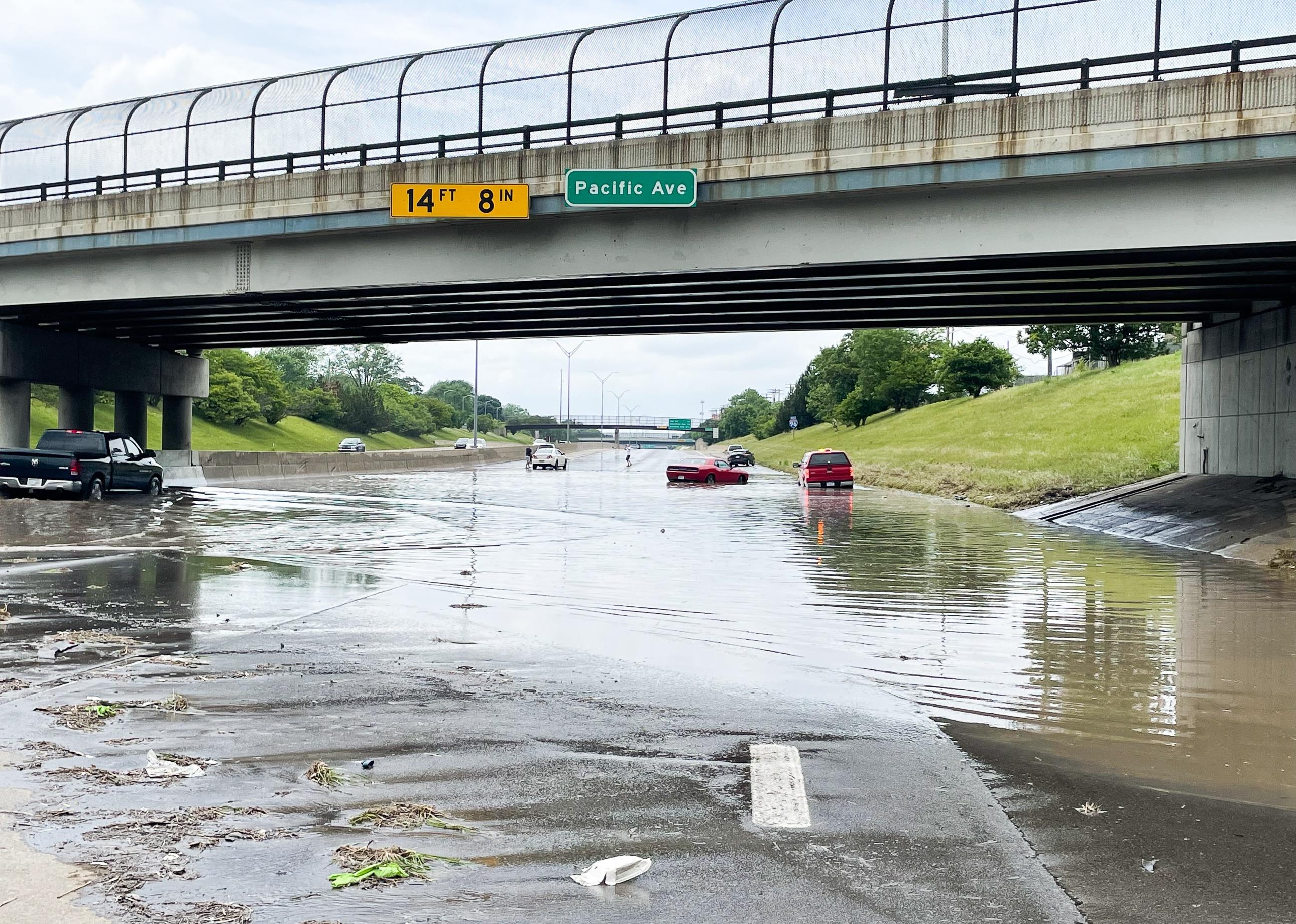
Flooding in Detroit: How climate change has affected Michigan
Flooding in Detroit: How climate change has affected Michigan
The latest United Nations Intergovernmental Panel on Climate Change (IPCC) report is yet another reminder of the dire effects of climate change. While climate projections often look to the future when discussing the worst impacts of climate change, we are in fact already experiencing its effects across the United States. To better understand how climate change is impacting the country, Stacker compiled a list of the impacts of climate change in every state, using local and national news stories, government reports, and scientific journal articles.
While these impacts are weather-related—for example, heat waves, droughts, or storms—individual weather events cannot be attributed to climate change on their own. Rather, it is when these events are seen within larger trends that they can be understood as part of a pattern that has come out of the changing climate.
Keep reading to learn about how your state has been impacted by climate change, or read the national story here.
Michigan: Flooding in Detroit
During the summer of 2021, extensive flooding from extreme weather events had dire impacts in Detroit. Along with the weather itself, the failing infrastructure in the city led to people having to sometimes dig human waste out of their own basements. Unfortunately, the areas that are often hit hardest by climate change are poorer areas with Black and brown residents. "Black and brown communities are bearing the brunt of heat waves, paying disproportionately higher costs on failing infrastructure," Michelle Martinez, the acting executive director and founding member of the Michigan Environmental Justice Coalition, said in an interview with Michigan Radio's Stateside.
Across the country, there are trends of rising temperatures, storms of increasing frequency and severity, and more erratic precipitation patterns, causing disruptions to the food systems and sometimes even resulting in death. While the U.S. government has set a target to reduce greenhouse gas emissions by at least 50% by 2030, it is clear that the climate emergency is already taking place, and along with emissions reductions, mitigation of the impacts of climate change must be prioritized as well.
Read below to see how other states in your region have been affected by climate change.
Indiana: Decline in crop yields
The Indiana annual crop summary released in January 2020 showed that changing weather patterns, which can be attributed to climate change, affected the production of the state's most important crops. In 2019, according to the U.S. Department of Agriculture, near-historic levels of precipitation caused a decline in corn and soybean production. This could potentially cost farmers hundreds of millions of dollars a year.
Minnesota: Changes to the wild rice harvest
Wild rice is a sacred food for the Anishinaabe, who live across northern Minnesota along with Wisconsin and Michigan. This year, the region saw a historic drought, which actually helped yield more wild rice than in years past. However, because of the drought conditions—and while the rice did grow more easily—it was more difficult to access the wild rice and harvest it this year. The harvest is done by tribe members navigating shallow water beds in a canoe and using sticks to knock the rice grains into the boat. But because water levels were so low this year, some areas could not be accessed by boat and the wild rice could not be harvested.



